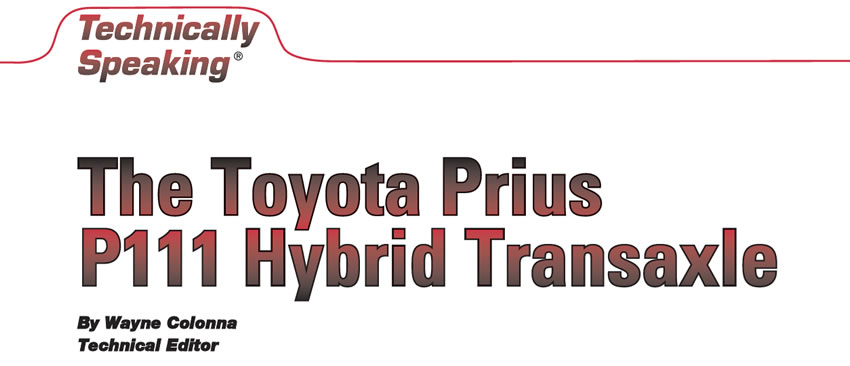June 2003 Issue
Issue Summary:
Before or after overhaul, 1989-95 vehicles equipped with E4OD transmissions may exhibit a delayed bang shift into reverse.
Beginning at the start of production for the 1999 model year, some models of the THM 4T65-E were produced with an internal mode switch, attached to the selector detent inside the transmission side cover.
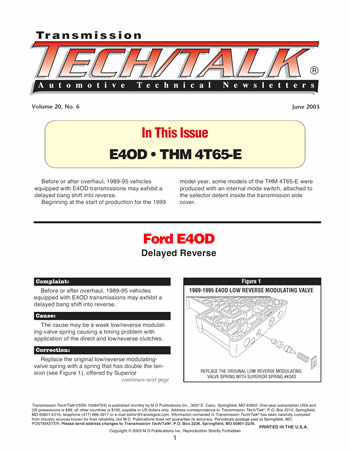
Zap! It’s a MAF Sensor
When a MAF sensor malfunctions, it can do so in a very subtle way. It can create an erratic or incorrect signal on initial take-off, which can cause an elongated shift. It can deliver an incorrect signal at higher engine speed, which can create shudder that could be mistaken for torque-converter-clutch (TCC) problems. It can cause coast-downshift clunks, especially as the vehicle is coming to a stop. It can even cause a slide-bump shift. It is a major input for electronic pressure control that will result in elevated line pressure.

4L80 E Converter-Clutch Failure in 2000 & Up Vehicles
If you were involved in the transmission industry when the E4OD transmissions began coming to local shops, you probably experienced the nightmare of cracked converter clutches. The primitive code-retrieval methods on the early transmissions were usually little help in finding the root cause of the problem. The aftermarket converter rebuilders recognized the cracks in the converter clutches early on. Some made vain attempts at welding the cracked converter clutches, while most others recommended a factory replacement converter.

The BorgWarner 44-11 Transfer Case, Chapter 2
In last month’s article we looked at the mechanical operation of the BorgWarner 44-11 automatic all-wheel-drive transfer case, which replaces the BW 44-05 transfer case and is used in the Ford Explorer, Ranger and Mountaineer and Lincoln Aviator models. This month’s article is devoted to the electronic functions of this transfer case.
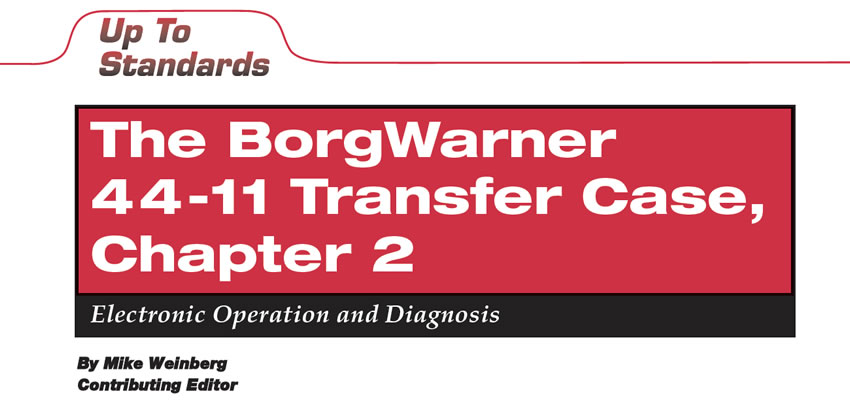
Gaining a Little Insight
A parallel hybrid vehicle allows the power from a gasoline engine and an electric motor to drive the vehicle independently or in conjunction with one another. The Toyota Prius has such a design as well as the Honda Insight and the Civic Hybrid. Although they are all parallel hybrids, there are differing operational strategies between Toyota and Honda.

May 2003 Issue
Issue Summary:
The LJ4A-EL transaxle in a Mazda Millenia with a 2.3-liter (KJ) engine can experience severe friction damage and premature failure.
Before or after overhaul, Volkswagen/Audi vehicles equipped with 01M, 01N and 01P transaxles may exhibit a harsh 1-2 upshift, firmer-than-normal engagements, and firm upshifts to 3rd and 4th.
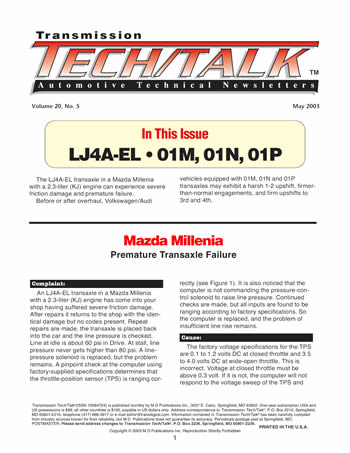
Taking a Look at Ford’s New Transfer Cases
One of the best-selling and most-popular vehicles is the Ford Explorer and its cross-brand clones, the Mercury Mountaineer and the new Lincoln Aviator. These SUVs have been the volume leaders in their class and as such have provided us with lots of repair work as they have aged. Most of these vehicles were equipped with a BorgWarner 44-05 transfer case, and a lesser number were equipped with the BW 44-04 all-wheel-drive transfer case.

April 2003 Issue
Issue Summary:
4R44E/4R55E or 5R55E units in 4WD Ford Explorers fall out of gear while either on throttle or coasting, and at times there is a ratcheting noise.
Chrysler LH vehicles with 3.5-liter engines may experience a code 1391 after transmission replacement.
Line rise in Chrysler 904, 727, 500/618 and pre-1996 RE units is sluggish and, in many instances, insufficient.
1996 and newer full-size V-6 Ram Cargo Vans with three-speed 999T transmissions produce a code P0740 after overhaul.
Some 2000-01 Ram Vans, Dakotas, Ram trucks and Durangos may exhibit a flashing Check Engine Light, caused by code P1740.
Before or after overhaul, Chrysler or Jeep vehicles with 42RE-46RE transmissions may exhibit stalling in Reverse or repeated planetary failure.
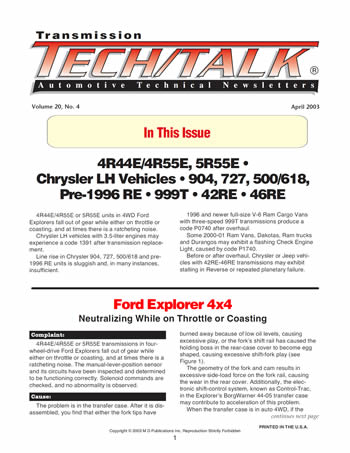
Fix in a Flash
Occasionally, we find the problem to lie outside the transmission/transaxle, in such parts as the MLPS (manual-lever position sensor), TPS (throttle-position sensor) or MAP (manifold-air-pressure) sensor, to name a few. Though it’s rare, even the computers/modules (such as the vehicle control module (VCM), transmission control module (TCM), powertrain control module (PCM) or engine control module (ECM)) fail from time to time. We have become accustomed to troubleshooting these systems, and although they are becoming somewhat routine, we all know that we run into some problems that “push” you. They either push you into being a better technician or push you closer to finding a different occupation.
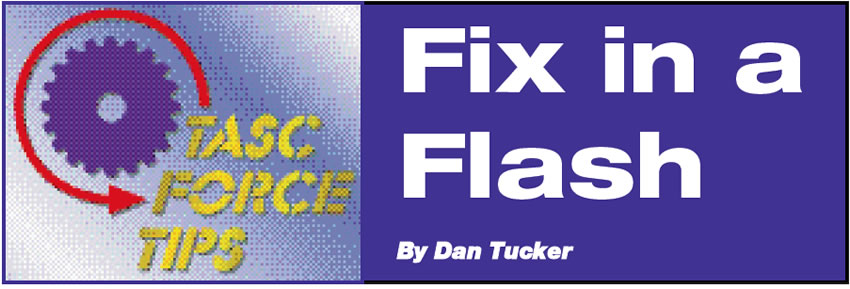
To Flash or Not to Flash
At this point, everyone is familiar with the fact that most 1996 and later GM vehicles are equipped with computers that must be programmed (flashed) in order for the vehicle to operate properly.
What some technicians may not be familiar with is the fact that earlier GM vehicles were equipped with PCMs that are also flashable. As a matter of fact, you could have a GM vehicle as early as the 1993 model year that is equipped with a flashable PCM. This is mostly because GM was the pioneer in developing the EEPROM and the programmable process.

The Toyota Prius P111 Hybrid Transaxle
The Toyota Prius P111 hybrid transaxle shown in Figure 1 is a continuously variable transaxle. If you are already familiar with a Subaru Legacy or a Honda Civic HX, you might think this is another CVT with a belt and pulleys. Not this unit…
